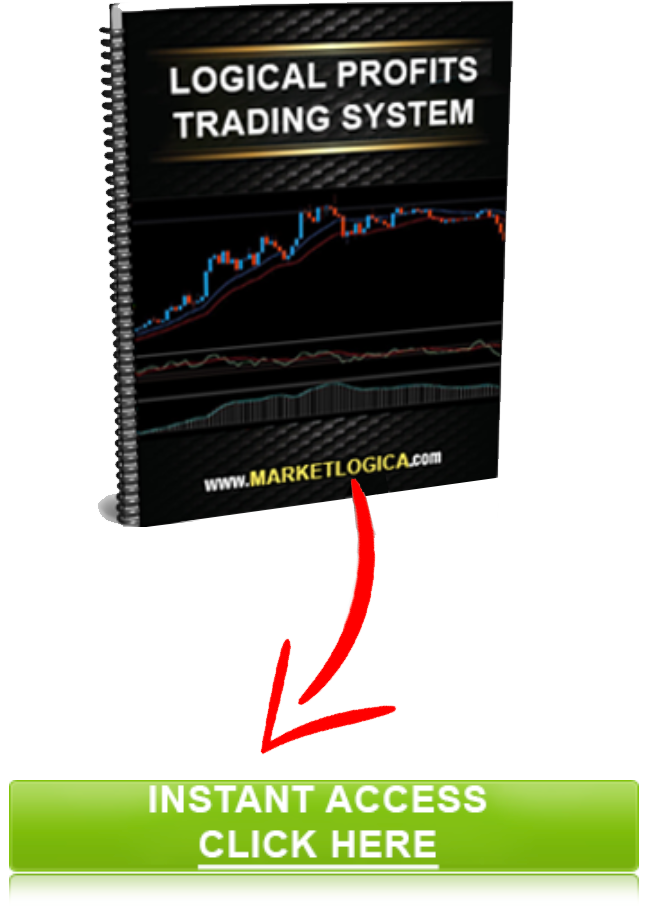Just like there are orders that get you into a trade, there are orders that can get you out of a trade.
There are 2 kinds of exit orders, they are:
1. Stop Loss order
2. Take Profit order
Each of these orders will take you out when you are in a position, and each are something you can change as you are in the trade.
Stop Loss order:
This is an order that goes behind you in the market. That is to say if you are buying, going up, the Stop Loss order (SL) will be placed under your current position. If you are selling and want the price to go down, your Stop Loss order will go over your position.
A Stop Loss will be placed initially in a losing position in order to limit your losses. Once you have decided where you will enter the market you will also determine how much you will risk losing. Your Stop Loss in this case will close the trade once the market has moved against you in the amount you have determined.
For example, you have taken a long position at 1.5000 and you have decided to risk 50 pips. Your stop Loss will then be placed at 1.4950. This kind of Stop Loss is referred to as your Initial Stop Loss.
What comes next is the moving of your Stop Loss towards your entry level from the negative zone. As soon as you can you want to mover you Stop Loss to the same price as your entry price. If you have entered the market at 1.5000 and the market has moved a ways in your favour, you want to move your Stop Loss to 1.5000. At this point now if the trade moves against you and you get stopped out, you will have lost nothing. You won’t have gained anything but you won’t have lost anything either.
Once price has continued on in your favour, you can start to move your stop into profit that is past your entry point to secure, or “lock in” some profit. How you decide to move your stop is up to you and the system you will be using to trade.
Many brokers offer the option to use a Trailing Stop. This is a stop loss that follows your trade by so many pips. You can decide to want to follow your trade by 30 pips, so as your trade moves ahead it will essentially drag your stop loss behind it as it were attached to a 30 pip length of rope. If the price reverses, the stop will not move, it will maintain that position until it either gets hit by the price and stops you out or it get pulled along by a forward moving price once again.
Your Stop Loss can be one of the most powerful tools you can have in creating Forex wealth if you use it in these manners.

Take Profit order:
Your Take Profit order (TP) is placed in front of your trade. Your open trade will move towards your Take Profit level. You use this kind of order when you have a predefined level to exit at. For example, you have entered a long trade at 1.5000 and you want to make 100 pips on the trade, you would place your Take Profit at 1.5100. Once the market tags your TP level it will automatically close the trade and bank your profits.
Both Stop Loss and Take Profit orders can be placed as you are placing your entry order, or they can be placed after you have already entered a trade. Both orders are something you can alter at any time. If you change your mind at any time you can remove or change your SL and TP orders.
There is another way to exit your trades, and that is to simply close the trade you are in. It’s not an “order” so it wasn’t described above, but it will get you out of a trade. You can close a trade if you are in profit and it will bank your earnings. Or, you can close a trade when you are losing and it will finalize the loss. Closing a trade is an instant execution, it will close your trade as soon as you can click the button.
Best regards
Russ



